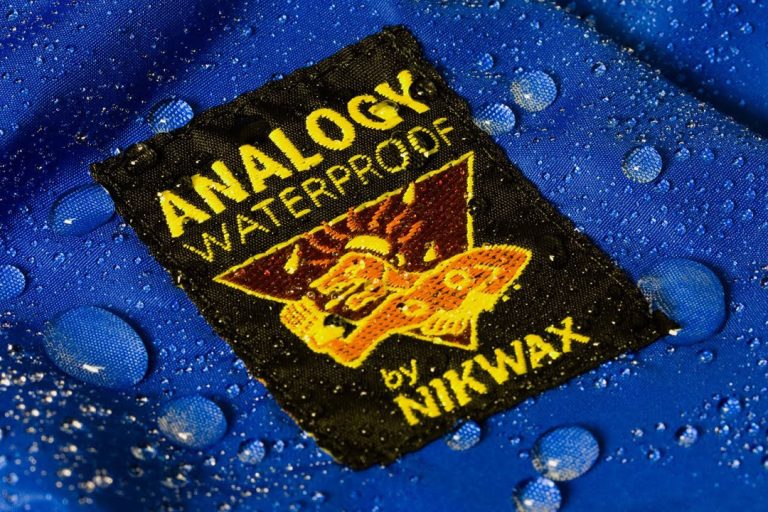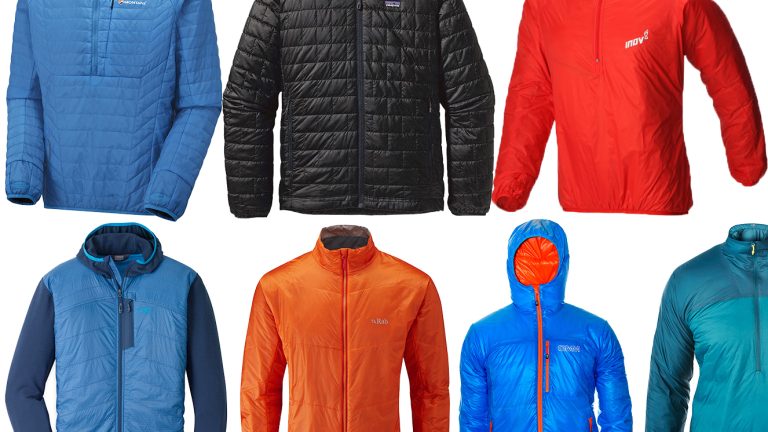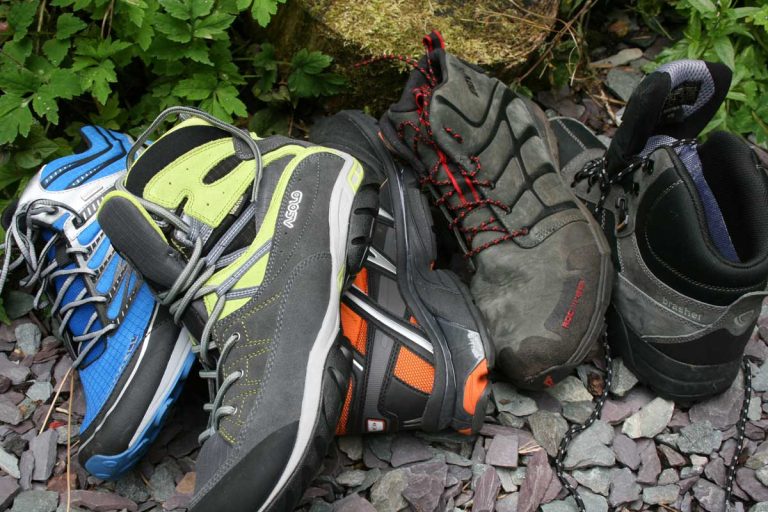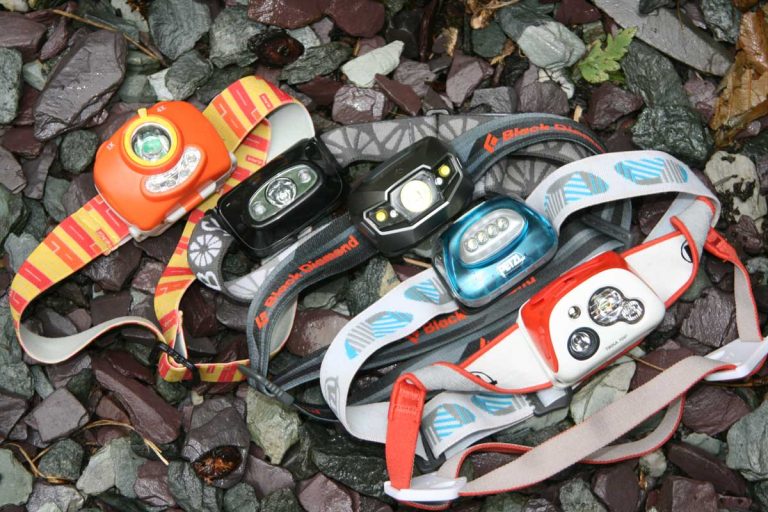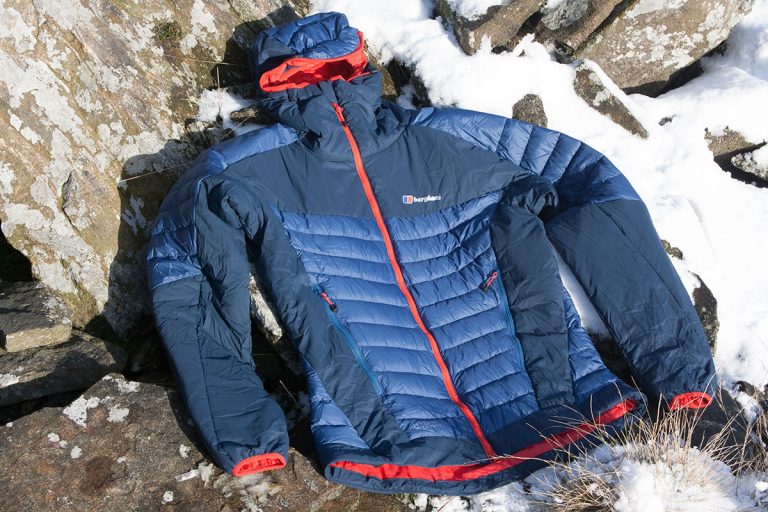Underfoot Structure
It’s a misconception that stability is down to supportive uppers. Most of it, in fact comes down to the ‘chassis’ of the boot and good heel fit. You’re looking for enough lengthways flex for comfortable walking – it’s a personal choice this – combined with a fair degree of lateral twisting resistance. Grab the heel and toe of the boot and twist in opposite directions, there should be a reasonable level of stiffness.
Boots which are really stiff lengthways walk best if the sole has a curved ‘rocker’ design so it rolls as you walk. Stiffer boots also work best for scrambling and for occasional crampon use. Its all very personal though, one walker may be happy in a flexible fell shoe, another will want a stiff, almost rigid platform on the same terrain. Neither is right or wrong, it’s just personal choice. If in doubt, aim somewhere in the middle.
Outsole
The best known outsole brand is Vibram, with its distinctive yellow label, but it’s by no means the only option, though it tends to give a good blend of grip and durability depending on the rubber compound and sole design. As a rule, deeper, big lugs will give more purchase on softer ground, while grip on rock and harder surfaces is determined by the rubber compound, with softer rubber like Vibram’s Megabyte, biting harder on rocky holds and in the wet.










